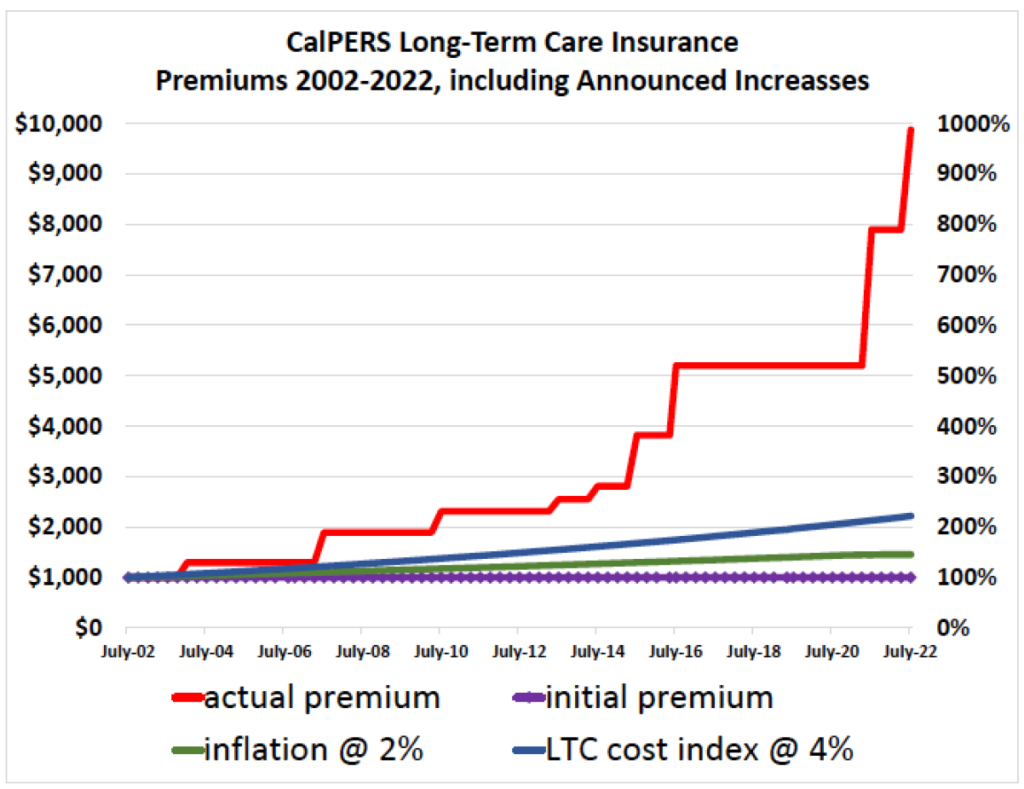Excerpt:
Lackluster vaccination uptake drove the Newsom administration to pursue the more personal approach that public health experts favor, but the still-nascent campaign leaves out large swaths of the state. The administration launched its “Get Out the Vax” campaign in April, enlisting 70 community-based organizations and 2,000 community canvassers, now focused on Los Angeles and Central Valley neighborhoods where vaccinations have plateaued or declined.
But county public health officials say the campaign isn’t big enough to combat the vaccine misinformation that has infiltrated regions such as California’s rural north.
Author(s): Angela Hart
Publication Date: 29 June 2021
Publication Site: Kaiser Health News


